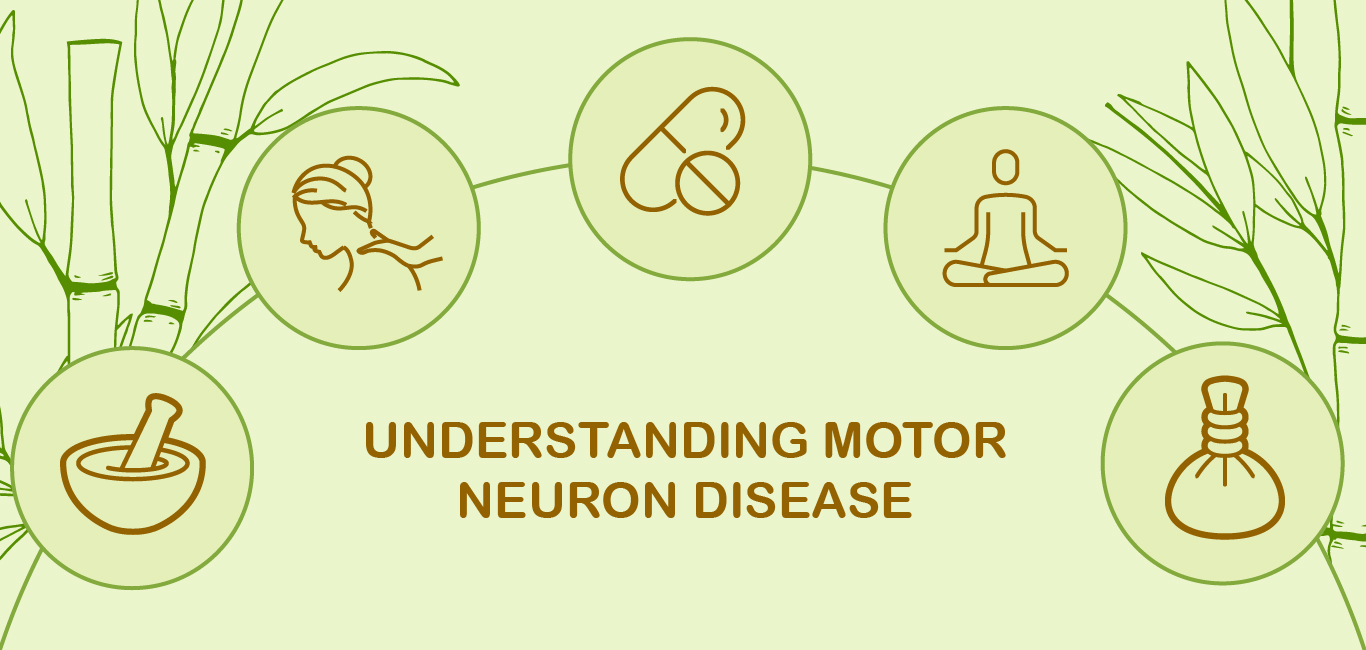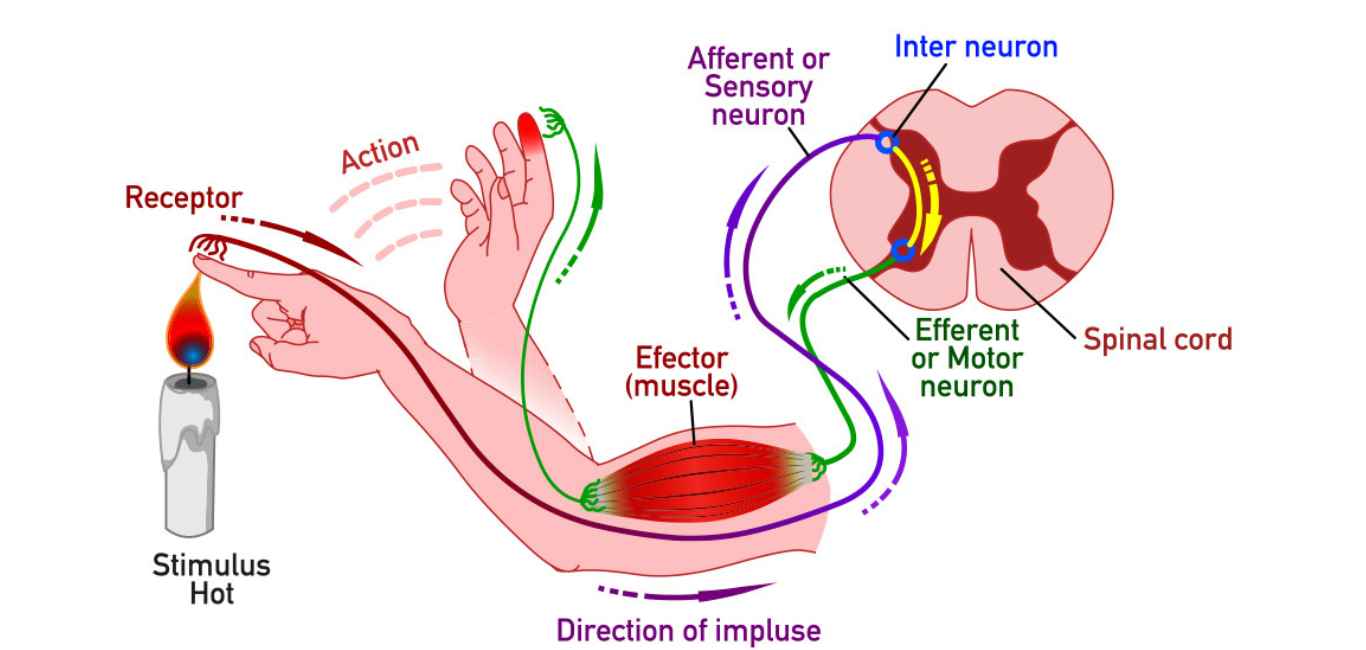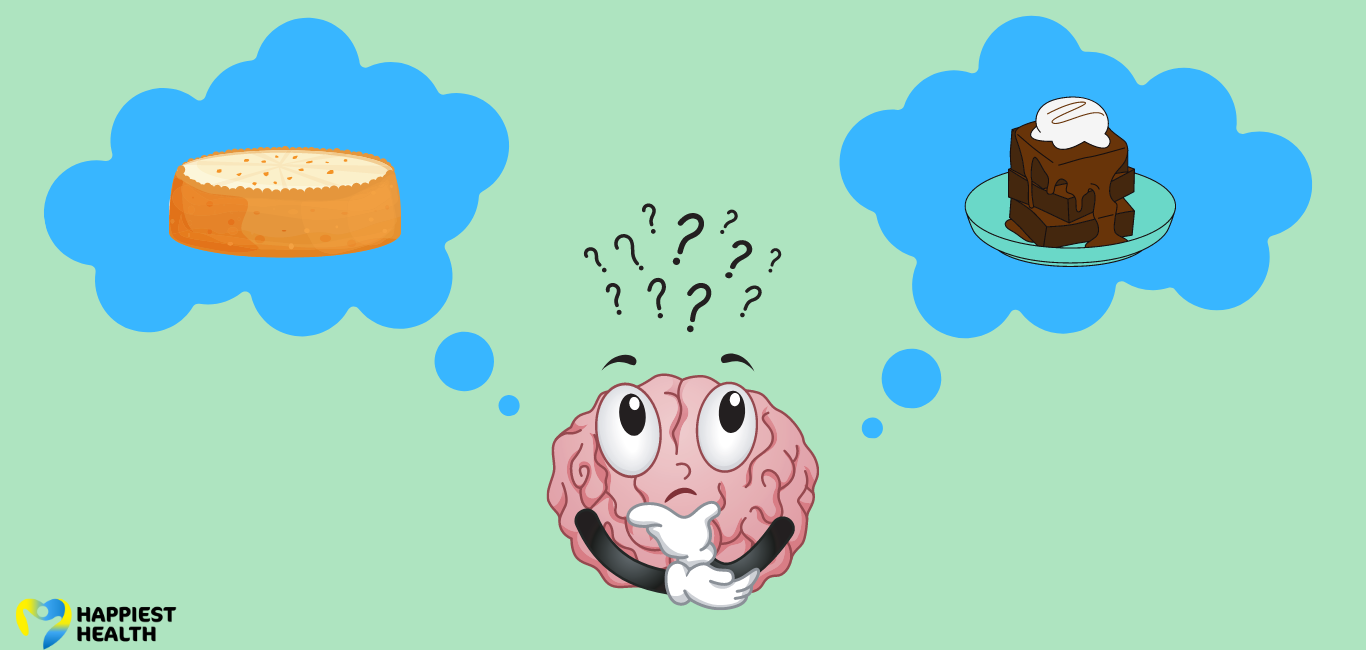
“In early 2022, a farmer in his 50s approached me, with difficulty in speaking and swallowing. He also had mild physical disturbances including muscle twitching,” says Dr Bindhu Prasanth, associate professor at the Government Ayurveda College, Tripunithura, Kochi. Dr Prasanth recalls that the farmer’s primary concern was his slurred speech and a change in his tone. His medical history showed that in January 2022, he was diagnosed with early stages of motor neuron disorder (MND).
A spectrum of conditions
Motor neuron disorder is a collective term for diseases like amyotrophic lateral sclerosis, spinal muscular atrophy, progressive bulbar palsy, Kennedy’s disease, and primary lateral sclerosis.
“Motor neuron disorder is a neurodegenerative condition, which occurs as a result of progressive damage of motor nerve cells in the brain and spinal cord,” says Dr Kaustubh Mahajan, consultant neurologist, S L Raheja Hospital, Mumbai, Maharashtra.
Motor neurons are the special nerve cells that signal muscles to perform voluntary body movements such as swallowing or walking. Damage to these nerves leads to muscle weakening, especially impairing voluntary body movements. As the condition progresses, the brain increasingly loses control over the actions, eventually leading to paralysis.
The hidden causes of MND
Dr Mahajan says that in 95 per cent of the cases, MND is sporadic; that is, it occurs due to unknown causes. The remaining 5 per cent have genetic reasons. “In the case of genetics, the onset of the symptoms may appear at a younger age. While in non-genetic cases, the chance of developing the disease increases with the advancement of age. Both males and females are equally at risk of developing this condition,” he explains.
Ayurveda considers this disorder an imbalance of all three bodily energies — vata (air element), pitta (fire element), and kapha (water element), says Dr Prasanth.
Treatment challenges
MND is a progressive condition, and there is a lack of sufficient research on it. Owing to these reasons, treating MND is challenging. “Currently, medicines prescribed for MND focus on suppressing the glutamate activity in the neurons,” says Dr Mahajan.
Glutamate is a neurotransmitter released by nerve cells and plays a vital role in the communication between neurons in the brain. However, when there is a neurological disorder, the neurons with glutamate fire excessively, causing an overload of the neurotransmitter. This overload can make the neurons hyperactive, eventually damaging them. Glutamate suppressants reduce the hyperactivity of neurons and slow the progression of MND.
Fighting MND with lifestyle changes
Treatment for neurodegenerative conditions is always a race against the clock before the symptoms progress. “Lack of cure doesn’t mean there are no options available to take care of MND symptoms,” says Dr Albert Stezin, department of clinical neurosciences, Centre for Brain Research at the Indian Institute of Science, Bengaluru.
Dr Mahajan adds that an integrated therapeutic approach of lifestyle changes, diet modification and timely treatment can help people with MND to improve their quality of life.
“Yoga, meditation, exercise, and physiotherapy will improve the flexibility and strength of the muscle. A wholesome diet and lifestyle modification are equally important for managing the condition,” he says.
The ayurveda approach
Early diagnosis and treatment will help to slow down the progression of the condition, says Dr Prasanth. “Ayurvedic management focusses on pacifying the air element to restore the equilibrium among all three bodily energies, vata, pitta and kapha,” she adds.
Dr Jomon Joseph Daniel, senior medical officer at the Indian System of Medicine Department, Government of Kerala, says that an ayurveda concept, avarana chikitsa, helps to stabilise the abnormal activity of the air element in the body, and is often recommended for MND. “The general treatment depends on the patient’s condition, type, presentation, and progression of the disease,” he says.
On the road to recovery
The farmer who consulted Dr Prasanth was on glutamate suppressants when the doctor chose to explore a combination of therapies to put him on the road to recovery soon. Dr Prasanth says he was given udvartana, a massage with dry herbal powders.
Later, his muscles were strengthened with navara kizhi – a nourishing whole-body massage using warm boluses (a pouch containing warm herbs, milk, rice, and other grains) to stabilise the air element, and a nourishing therapy called brimhana chikitsa.
Dr Prasanth says, “After two months of treatment, including diet, medication, and panchakarma therapies, the farmer’s speech improved significantly. After a few more months of combinational therapy, his muscle strength revived, and muscle twitching reduced.”

















